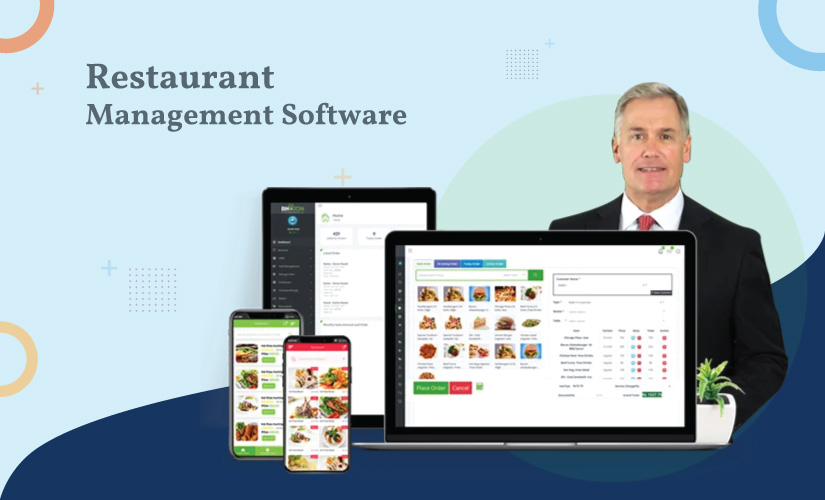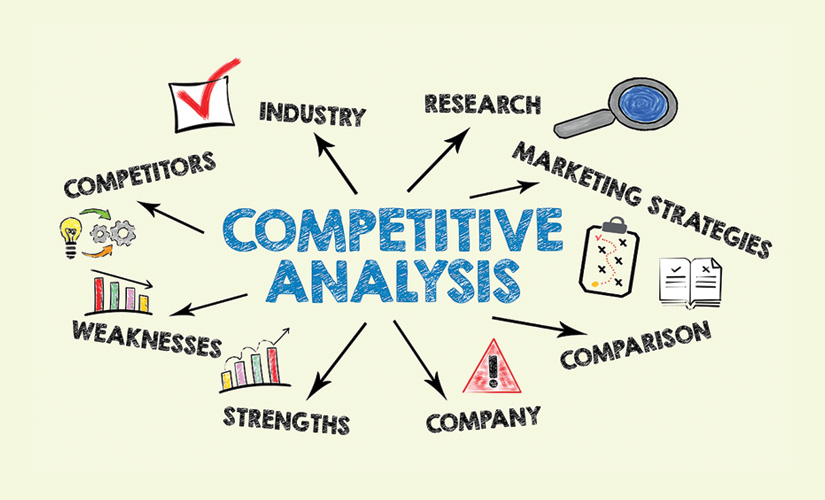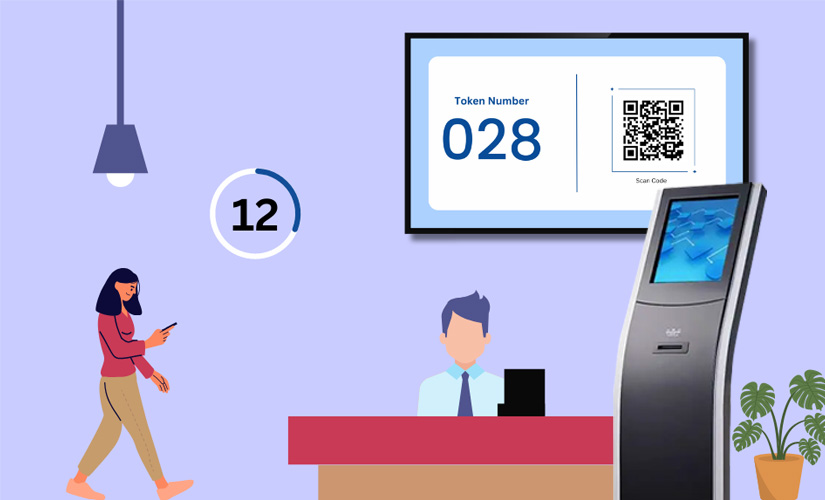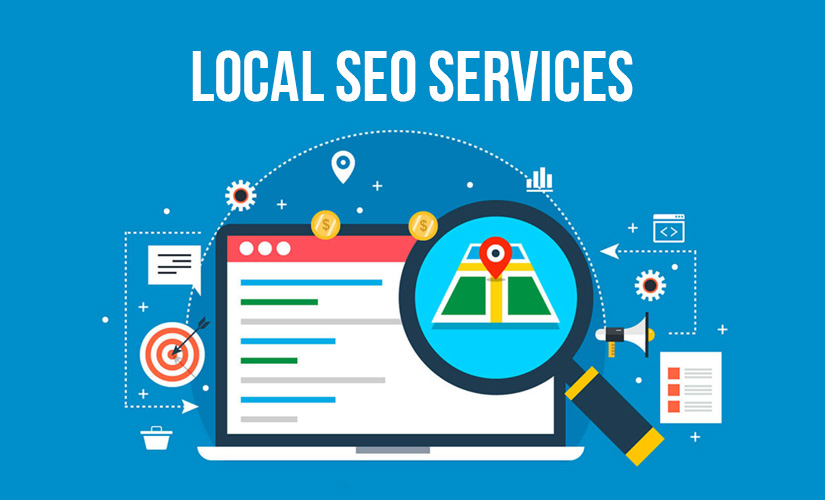Supply chain management (SCM) has become an essential part of business operations in the digital age. Companies are under constant pressure to deliver products faster and more efficiently while minimizing operational costs. This is where supply chain management software plays a transformative role. The right SCM software empowers businesses to enhance productivity, minimize errors, and improve customer satisfaction. This article explores digital supply chain management (SCM) software solutions, their benefits, key features, and how to choose the best supply chain management software in 2025.
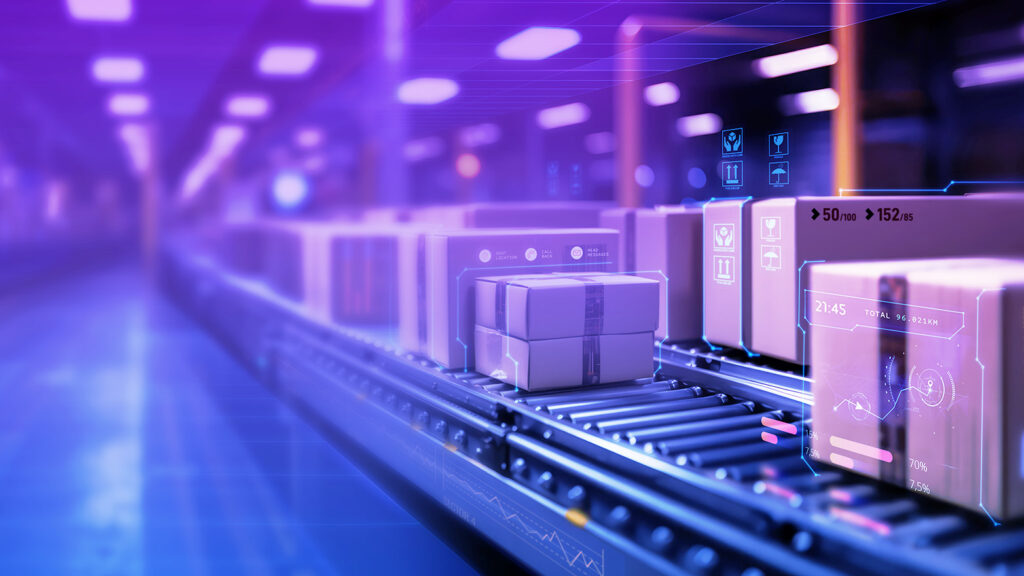
What is Supply Chain Management Software?
Supply chain management software refers to digital tools and platforms that facilitate the end-to-end management of a company’s supply chain. These systems cover various processes, including procurement, inventory management, logistics, and order fulfillment. The goal of SCM software is to streamline operations, ensure real-time visibility, and reduce supply chain disruptions.
The supply chain management system integrates various functions like warehousing, transport, and production, providing a centralized dashboard to monitor and manage these activities seamlessly. Today, many organizations rely on digital supply chain management (SCM) software solutions to stay ahead in a competitive market.
Why is Supply Chain Management Software Essential?
In an interconnected world, supply chains are becoming increasingly complex. Modern businesses require SCM to handle the growing demand for fast and accurate deliveries. Here are a few reasons why SCM software is vital:
- Increased Visibility: Real-time tracking of goods from suppliers to customers improves decision-making.
- Reduced Errors: Automation reduces manual data entry errors, ensuring smooth operations.
- Cost Optimization: By streamlining logistics, companies can save on transportation and storage costs.
- Better Customer Experience: Timely delivery and inventory accuracy lead to improved customer satisfaction.
Key Features of the Best SCM Software
When evaluating the best supply chain management software 2025, businesses should look for the following essential features:
1. Real-Time Data Tracking
Modern SCM systems offer real-time visibility across the entire supply chain. Businesses can track goods at each stage, ensuring transparency and accountability.
2. Predictive Analytics
Many solutions integrate artificial intelligence (AI) and machine learning to predict demand and optimize inventory levels.
3. Cloud Integration
Cloud-based supply chain management software provides flexibility, allowing companies to access data from anywhere and collaborate efficiently.
4. Inventory Management
Effective inventory management ensures companies maintain optimal stock levels to meet customer demand without overstocking.
5. Automated Workflows
Automation minimizes the need for manual intervention, reducing errors and speeding up processes like procurement and order fulfillment.
6. Supplier Relationship Management
SCM solutions often include tools to manage supplier performance and communication, fostering better partnerships.
Benefits of Digital SCM Software Solutions
Implementing best SCM software brings numerous benefits to organizations, including:
- Enhanced Efficiency: Automating processes allows employees to focus on strategic tasks rather than manual operations.
- Improved Collaboration: Cloud-based solutions ensure seamless collaboration among stakeholders, from suppliers to customers.
- Faster Response Times: Predictive analytics help companies anticipate demand and respond quickly to market changes.
- Risk Management: Real-time data allows companies to identify potential disruptions and mitigate risks proactively.
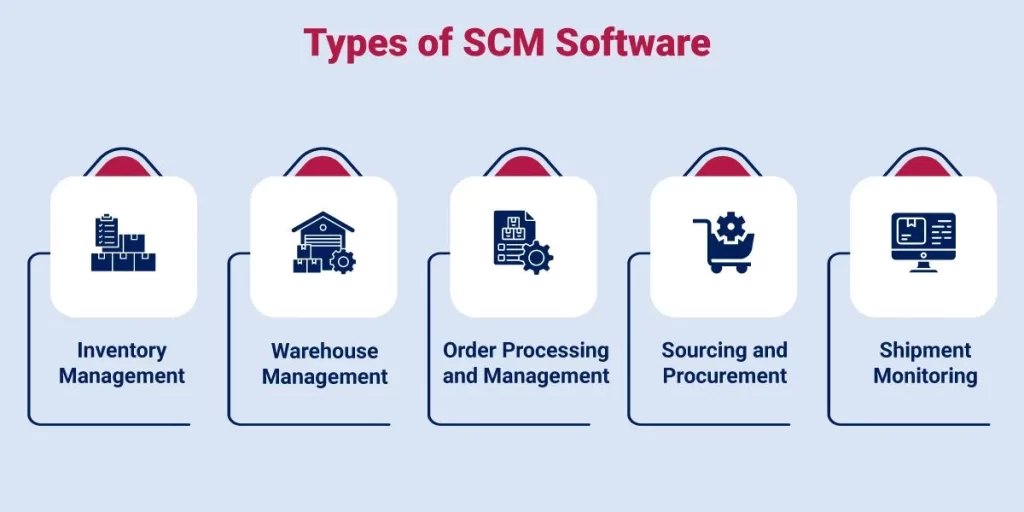
How to Choose the Best Supply Chain Management Software in 2025
Selecting the right SCM system requires careful consideration. Follow these steps to find the ideal software solution for your business:
- Identify Business Needs: Assess your company’s specific supply chain challenges and objectives.
- Set a Budget: Determine how much you are willing to invest in SCM software, including setup and ongoing costs.
- Evaluate Scalability: Ensure the software can grow with your business and handle increasing demand.
- Check User-Friendliness: Choose a system that is easy to use, with a smooth learning curve for employees.
- Look for Integration Capabilities: Ensure the software integrates with your existing ERP, CRM, and financial systems.
- Request a Demo or Free Trial: Test the software’s features to ensure it aligns with your operational goals.
Top Supply Chain Management Software Trends in 2025
The world of supply chain management systems is evolving rapidly. Businesses need to stay updated on the latest trends to maintain a competitive edge. Key trends to watch in 2025 include:
- AI-Powered Automation: AI-driven tools will automate repetitive tasks, improving efficiency across the supply chain.
- Sustainability Initiatives: SCM solutions will increasingly focus on sustainable practices, such as reducing carbon footprints.
- Blockchain for Transparency: Blockchain technology will provide greater transparency, helping businesses trace products back to their origin.
- IoT Integration: The Internet of Things (IoT) will enable real-time tracking of goods, improving supply chain visibility.
- Augmented Reality (AR): AR tools will enhance warehouse operations by guiding workers through complex tasks.
Conclusion
Investing in the best software 2025 is essential for businesses looking to optimize operations and remain competitive. With features like real-time tracking, predictive analytics, and cloud integration, the right supply chain management system can streamline operations and enhance collaboration.
Companies must carefully evaluate their needs, budget, and scalability options when selecting the best supply chain management (SCM) software. By staying updated with the latest trends, businesses can leverage digital SCM software solutions to achieve long-term success and sustainability.



